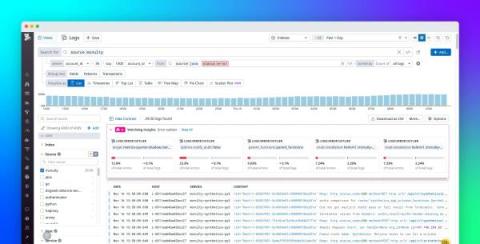Recapping Datadog Summit London 2024
In the last week of March 2024, Datadog hosted its latest Datadog Summit in London to celebrate our community. As Jeremy Garcia, Datadog’s VP of Technical Community and Open Source, mentioned during his welcome remarks, London is the first city that has seen two Datadog Summits, with the first one in 2018. It was great to be able to see how our community there has grown over the past six years.











